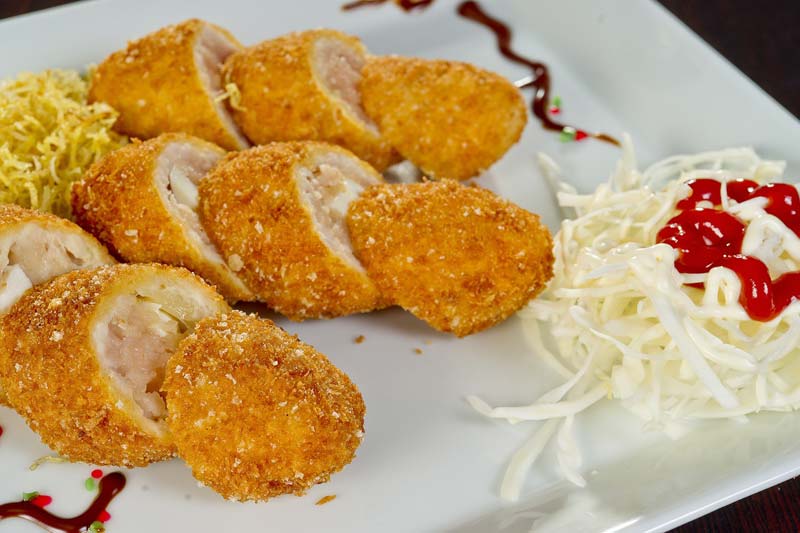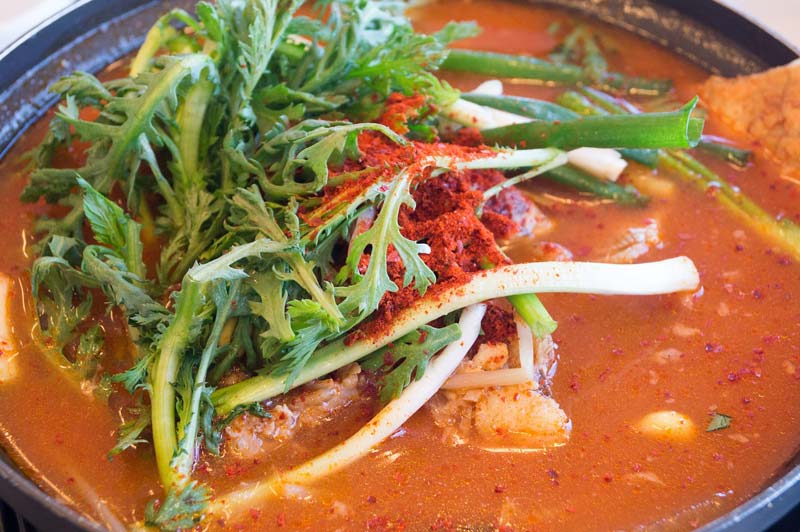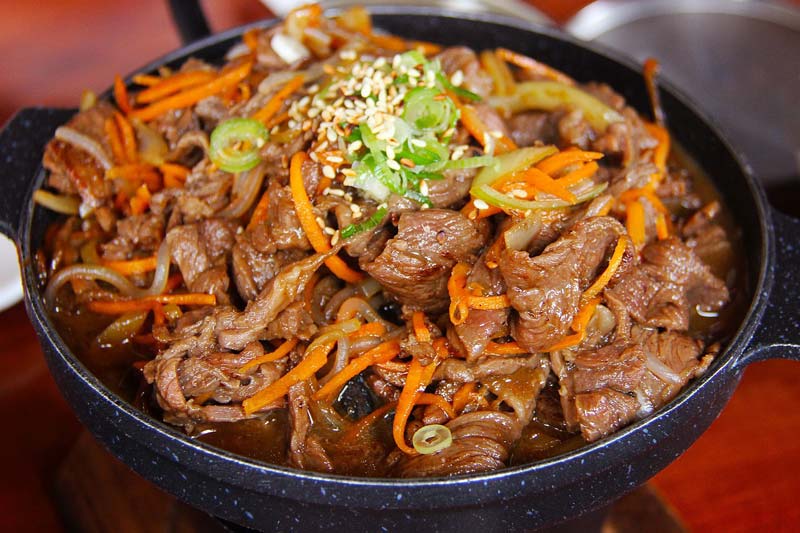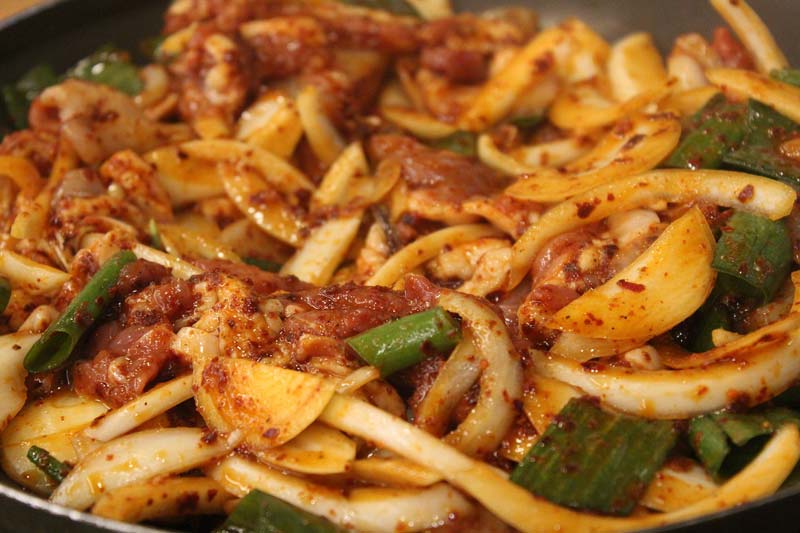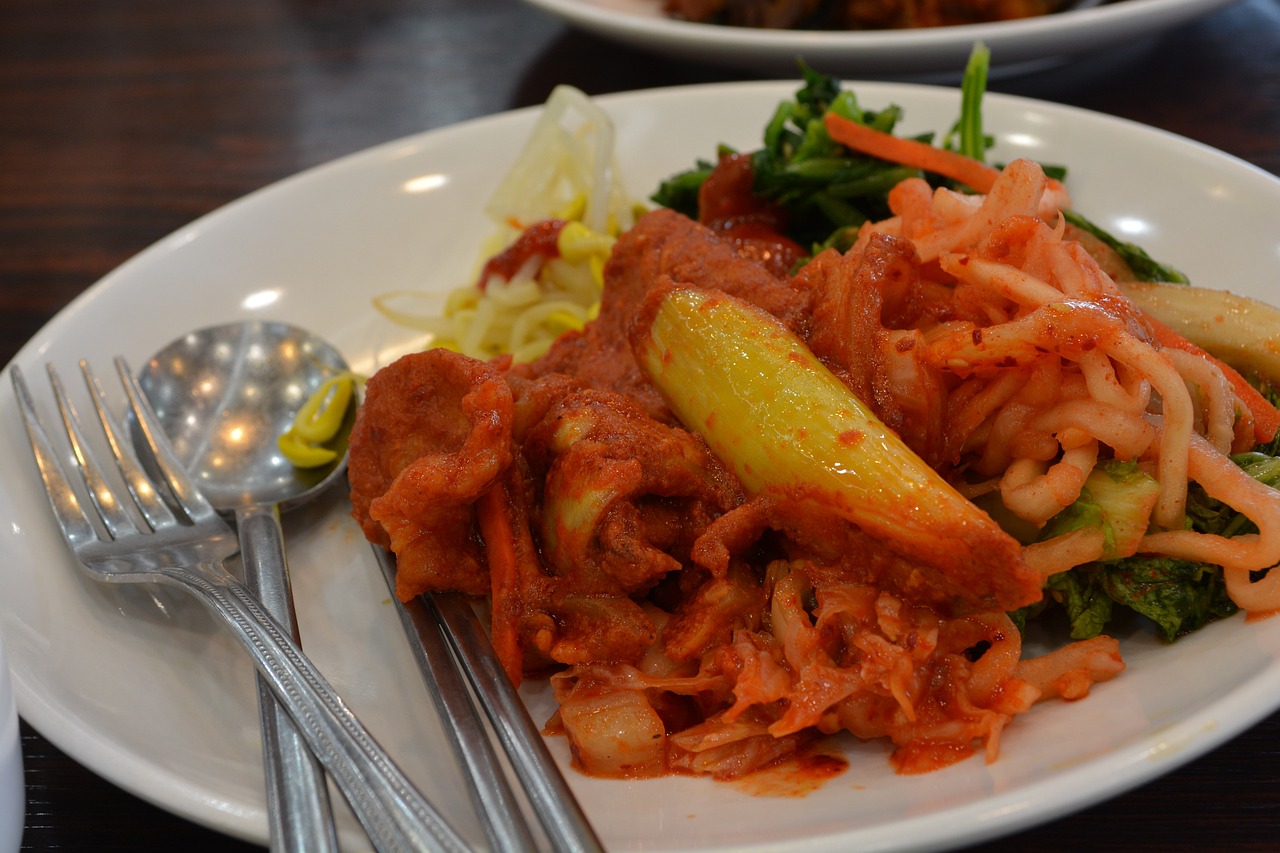Korea has four distinct seasons and well-developed agriculture, producing rich rice and diverse grains. Thus, a variety of cooking methods have been well developed. The Korean Peninsula is surrounded by sea and is home to plenty of marine products as well as a variety of vegetables and aquatic plants.
Cuisines using poultry meat and vegetables are also at a high level. With four different seasons, Korea has developed many cooking skills using ingredients that are available seasonally. In particular, Korean food fully utilizes the pure natural taste retained by each material.
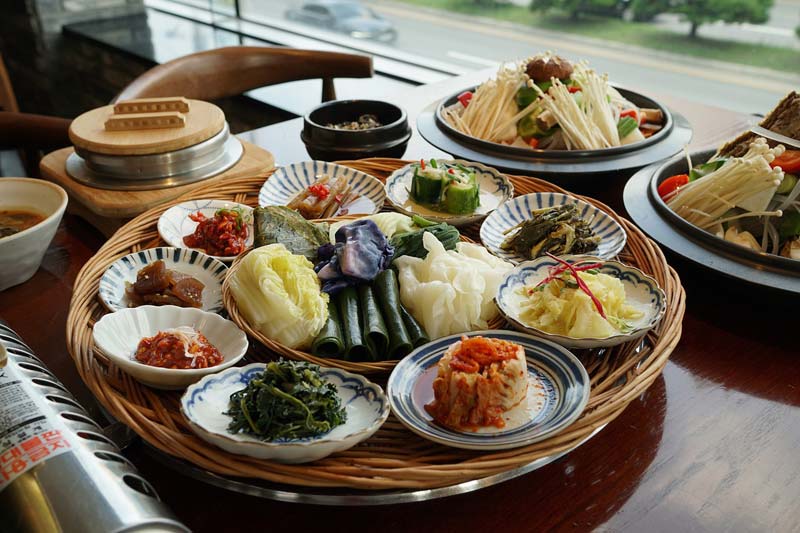
Traditional Korean Food, fot. bujobclub / pixabay
Korean food is cooked with sincerity and devotion. Most of Korean traditional foods are not instant food but preserved and fermented for a certain period, thus giving better taste and nutrition.
Development of various types of sauce, kimchi and salted fish, as well as food storage technology, has been advanced since the early days. Moreover, Korean food well represents the characteristics of each season and region, placing importance on the harmony of different tastes through rational combination of ingredients.
A lot of effort is needed to prepare Korean food, thus a proper attitude and spirit are important in cooking. Not only are the nutritious aspect, color, taste and temperature of the food important, but also the harmony with the vessel the food is served on.
(tradition/tradition1_1.jsp)
